After years of user requests and careful legal navigation, Google has finally started rolling out native call recording to Pixel phones. Big catch, it depends entirely on where you live. The feature that other Android manufacturers have offered for years is now quietly appearing on Pixel devices, marking a major shift in Google’s historically cautious approach to call recording functionality.
This rollout is more than box-ticking for feature parity, it addresses one of the most requested features for Google’s Pixel phones for years. While newer Pixel 9 and Pixel 10 models already include AI-powered Call Notes with recording capabilities, older Pixel devices have been without native call recording for years. The company initially announced this expansion back in September, but the feature wasn’t widely available until now. Multiple users are now reporting that they’re seeing the call recording option appear in the Google Phone app, a sign that Google’s slow rollout is finally picking up steam.
What you need to get started
The setup is straightforward, the map is not. Google is rolling out call recording on all currently supported Pixels, starting from the 2021 Pixel 6. Your phone needs the November Feature Drop installed along with version 198 of the Google Phone app. Beta users with newer builds are seeing it too, suggesting Google is testing stability before flipping the switch for everyone.
Here is the rub. Other Android phones using the Google Phone app have supported call recording for years. Pixel was the odd one out, which nudged some buyers to Samsung, OnePlus, and others. Many Pixel owners settled for clunky third-party workarounds, or skipped recording entirely.
That slow roll is not just corporate foot dragging. It mirrors Google’s cautious implementation that navigates a broader industry trend where tech giants must traverse a patchwork of international regulations. Rather than rush to market, Google is prioritizing legal compliance and user safety over a quick win.
How the feature actually works
When it lands in your region, it slots into the Phone app like it has always been there. You’ll find a Call Recording option in the Phone app’s Settings under the Call Assist menu. The controls balance convenience with storage, without turning your recents tab into an audio swamp.
You can set the app to record calls automatically from numbers not in your contact list or for only selected numbers. Handy for unknown business calls, restrained for everyday chats.
On a live call, a dedicated record button appears on the call screen once the feature is enabled. Legal compliance is front and center. When you start a recording, the Phone app automatically plays a warning message or beep to inform the other party that the call is being recorded. This notification exists for regulatory reasons, and there’s no way to bypass it, which protects both Google and the caller.
Privacy is handled with a light touch. The recording process saves audio locally in the device’s storage, accessible via the Phone app’s recents tab. Nothing uploads to Google’s servers automatically.
If you are on a Pixel 9, there is a smarter layer on top. AI-driven transcription powered by Google’s Gemini models converts recordings into searchable text, turning static audio into something you can quickly scan and reference.
The legal complexity behind regional availability
This is not Google being skittish for the sake of it. The rollout is not universal, with availability hinging on geographic location due to varying consent laws around call recording. Your friend across a border might have the feature while you wait, purely because local rules differ.
The United States alone shows the tangle. Federal rules allow one-party consent, but states like California mandate all-party awareness, prompting Google to embed safeguards like automated disclaimers. In practice, in regions requiring two-party consent, such as certain U.S. states, the feature notifies all participants audibly, ensuring compliance.
Zoom out and the picture shifts again. In countries like India, where single-party consent is often sufficient, the feature has seen quicker adoption. The upshot, auto-recording is currently limited to India, which neatly shows how law shapes features.
This is why Google is more conservative than some competitors that test gray areas. The legal risk of getting call recording wrong across dozens of jurisdictions outweighs the points you score by shipping fast.
Competitive positioning and AI integration
Feature for feature, this changes the conversation. The move positions Pixel phones more competitively against rivals like Samsung, which has offered call recording for years in select markets. Where others stopped at basic recording, Google is tying it to its AI push.
That timing shows up in the software roadmap. With the November Feature Drop, Google expanded Call Notes outside the US, and Call Notes is now available for Pixel 9 or newer devices in Australia, Canada, the U.K., Ireland, and Japan. It reframes call recording as a productivity tool, not just a tape button.
The tentacles reach into the car too. The feature will work with the Phone app on Android Auto, so commuters and frequent travelers are covered.
And if you have the latest hardware, you get the deluxe package. For Pixel 9 devices, the feature extends to Call Notes, an AI-powered tool that not only records but also transcribes and summarizes conversations, enhancing productivity for professionals who need quick recaps of discussions. Samsung may have had recording first, but Google’s angle is to make the audio useful.
What this means for the Pixel ecosystem
Native call recording plugs a hole that pushed some power users away from Pixel. Not a nice-to-have, a must-have for plenty of business calls and support lines.
The slow, careful rollout matches Google’s recent playbook. Beta testers have seen the option appear sporadically, suggesting a phased rollout to iron out bugs before wider availability. It is deliberate, sometimes frustrating, and aimed at keeping the feature consistent across legal boundaries.
There is a knock-on effect for older devices. People eyeing a Pixel 9 mainly for Call Notes might wait a little longer if basic recording lands on their current phone. That could stretch upgrade timelines, while still keeping users inside the Pixel tent.
The bigger story, Google is building a repeatable way to ship sensitive features with guardrails, not skipping them outright. Expect similarly careful, region-aware releases in the future.
Bottom line, Google is finally delivering what users have asked for, though your experience hinges on location and hardware. The technical execution feels solid, the AI tie-ins give it real utility, and the legal gates explain the staggered rollout. If your region is supported and your Pixel qualifies, it is a meaningful upgrade that brings the phone in line with the broader Android crowd, with enough intelligence layered on top to feel distinctly Google.





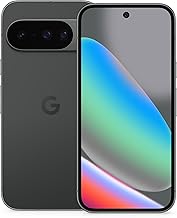

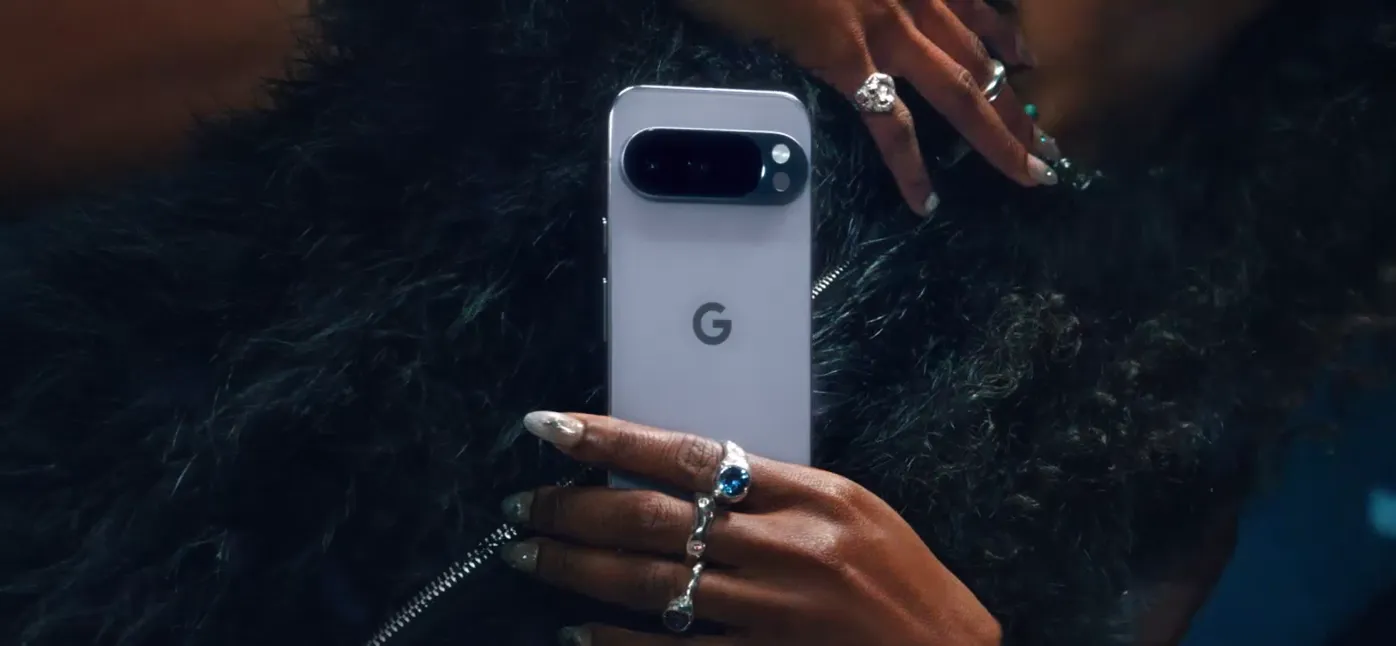
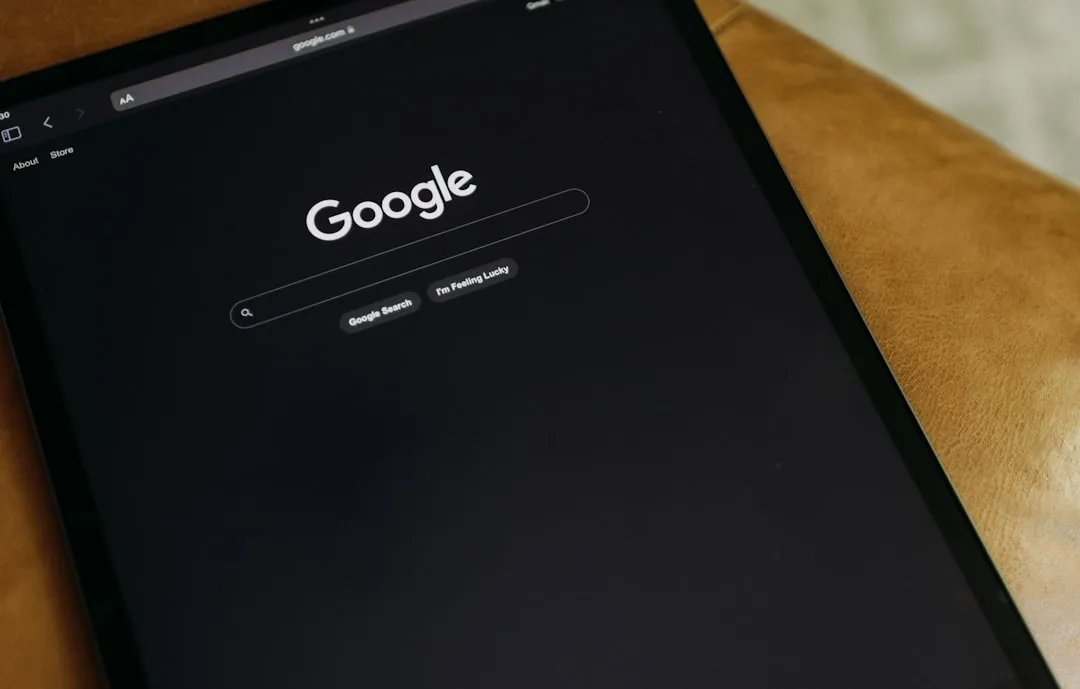
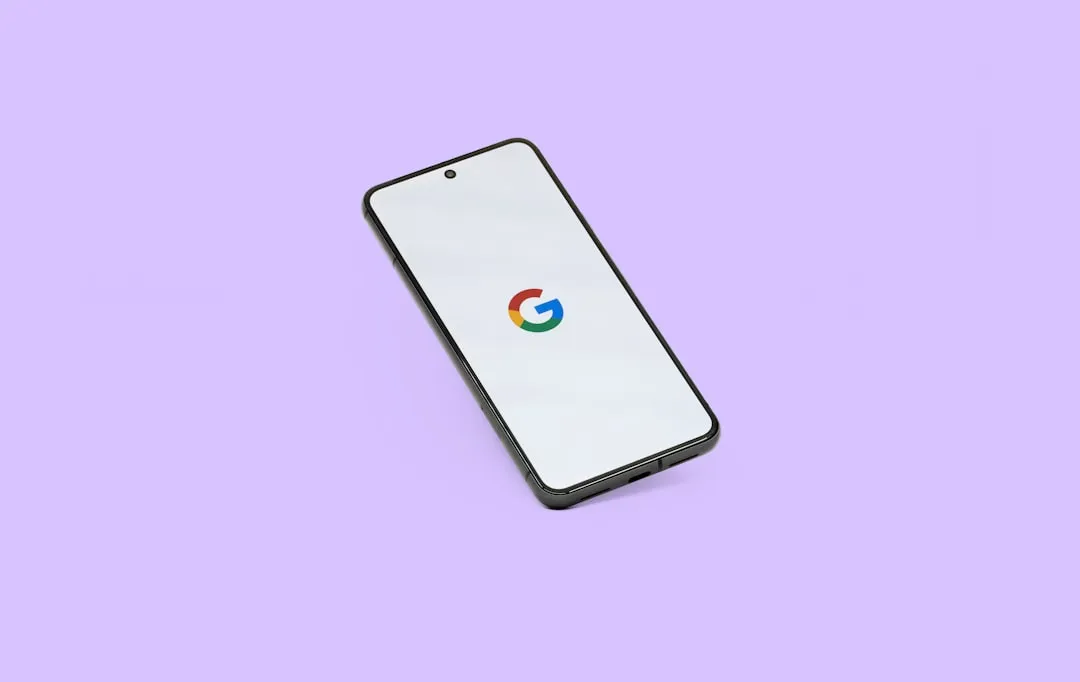


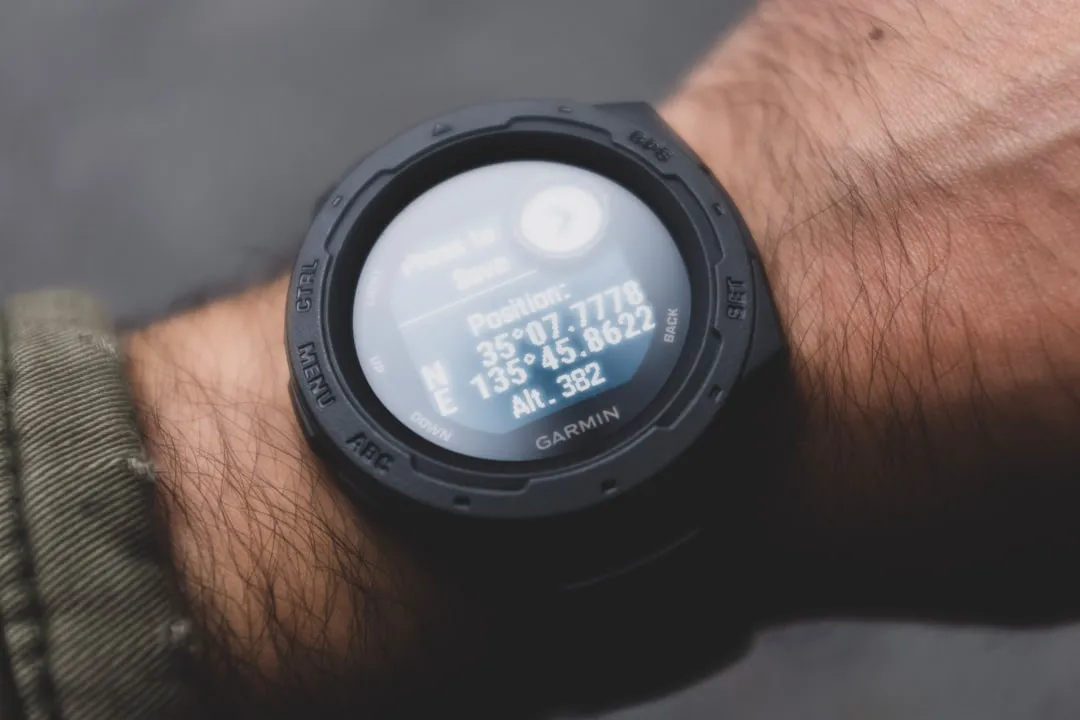

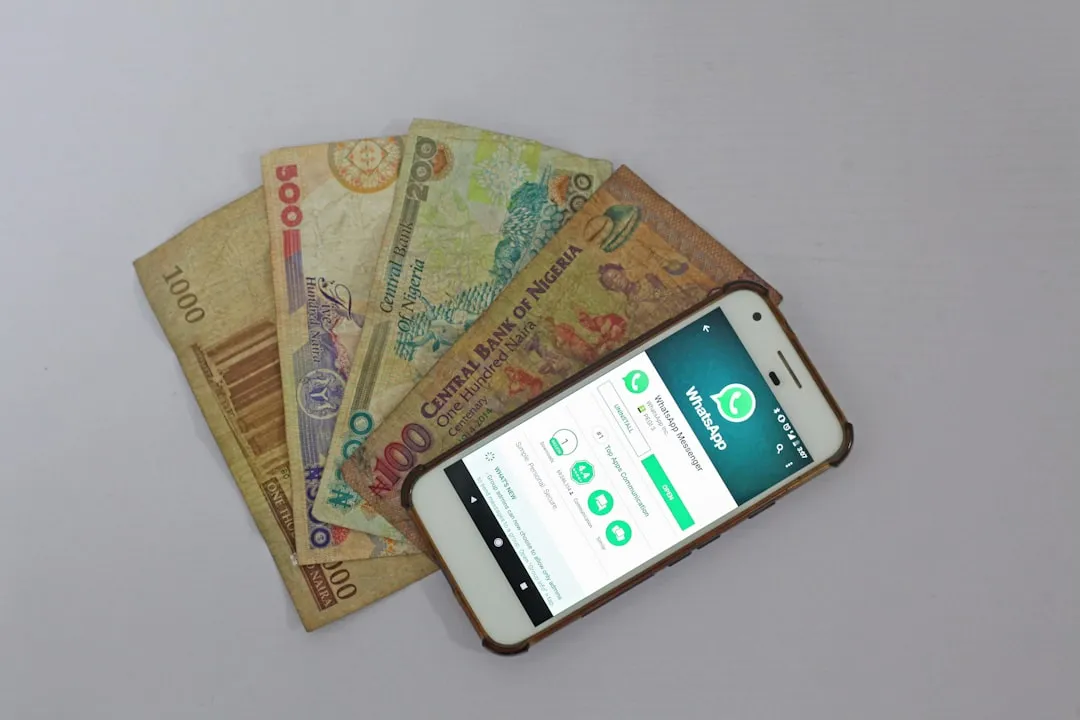
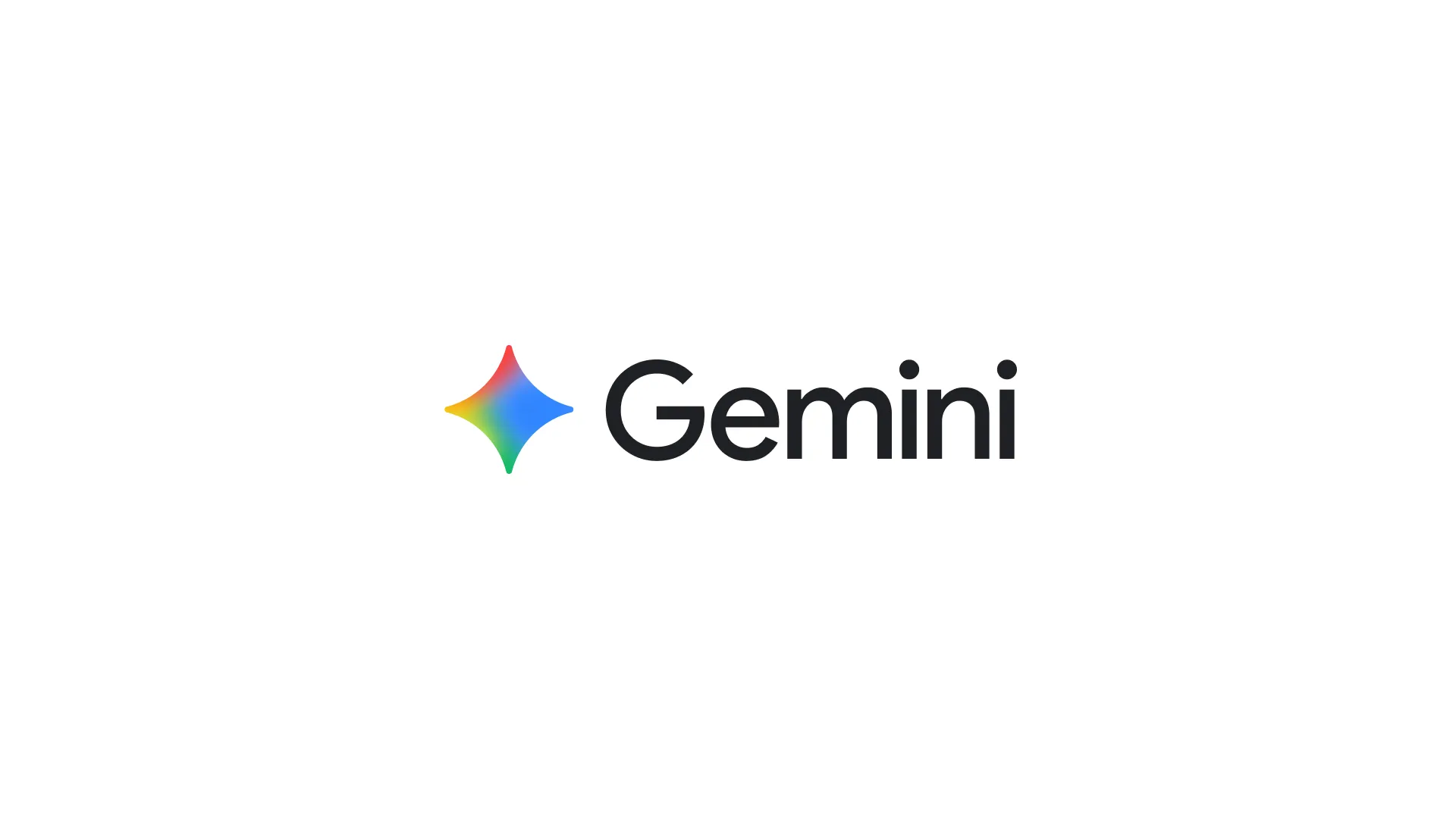




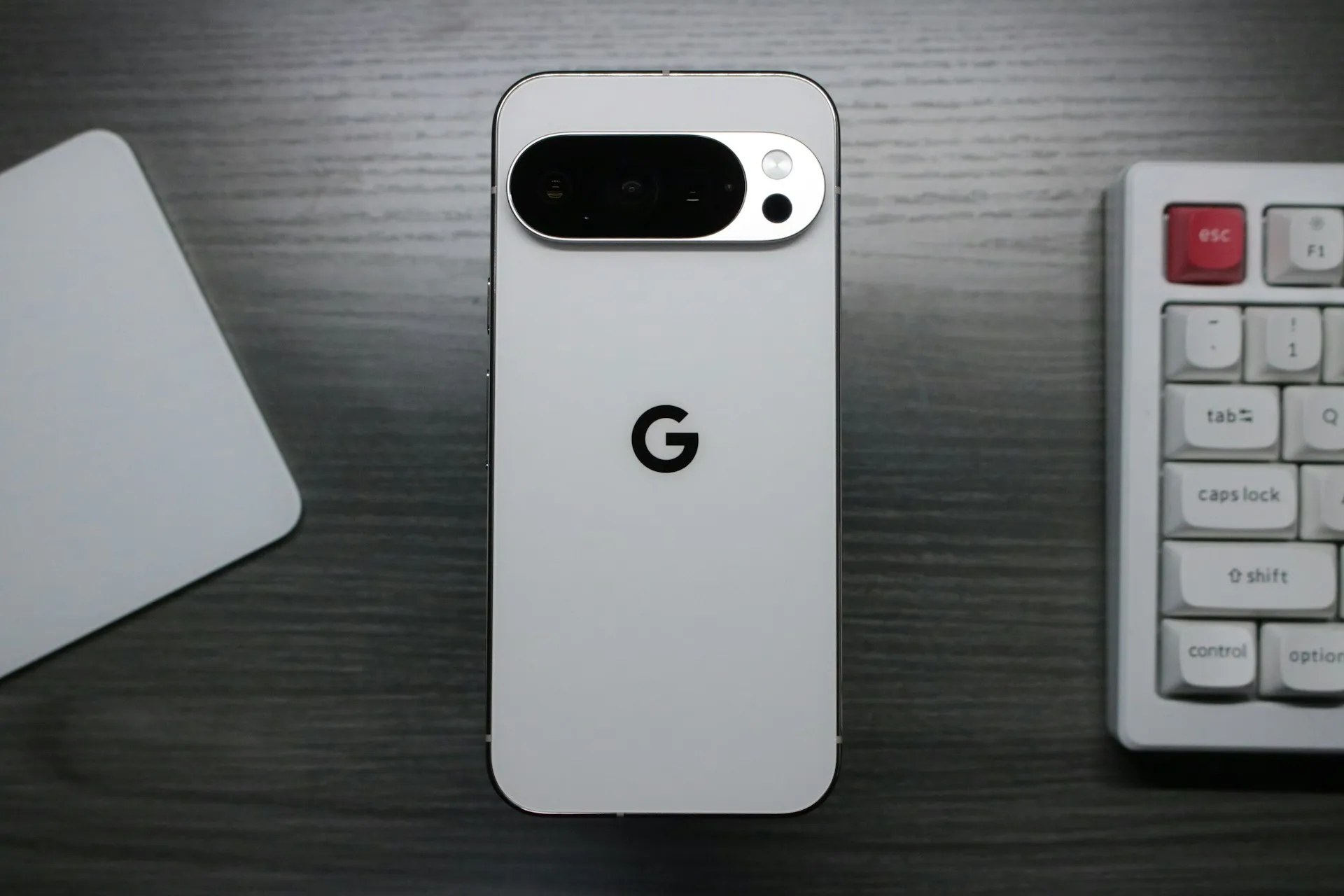
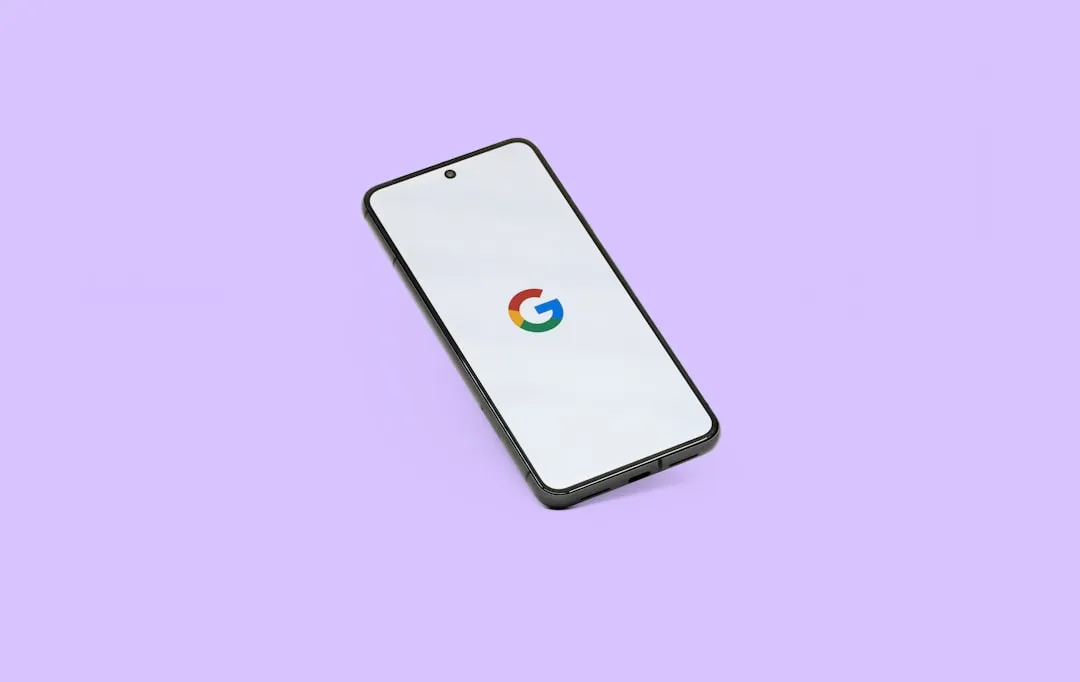

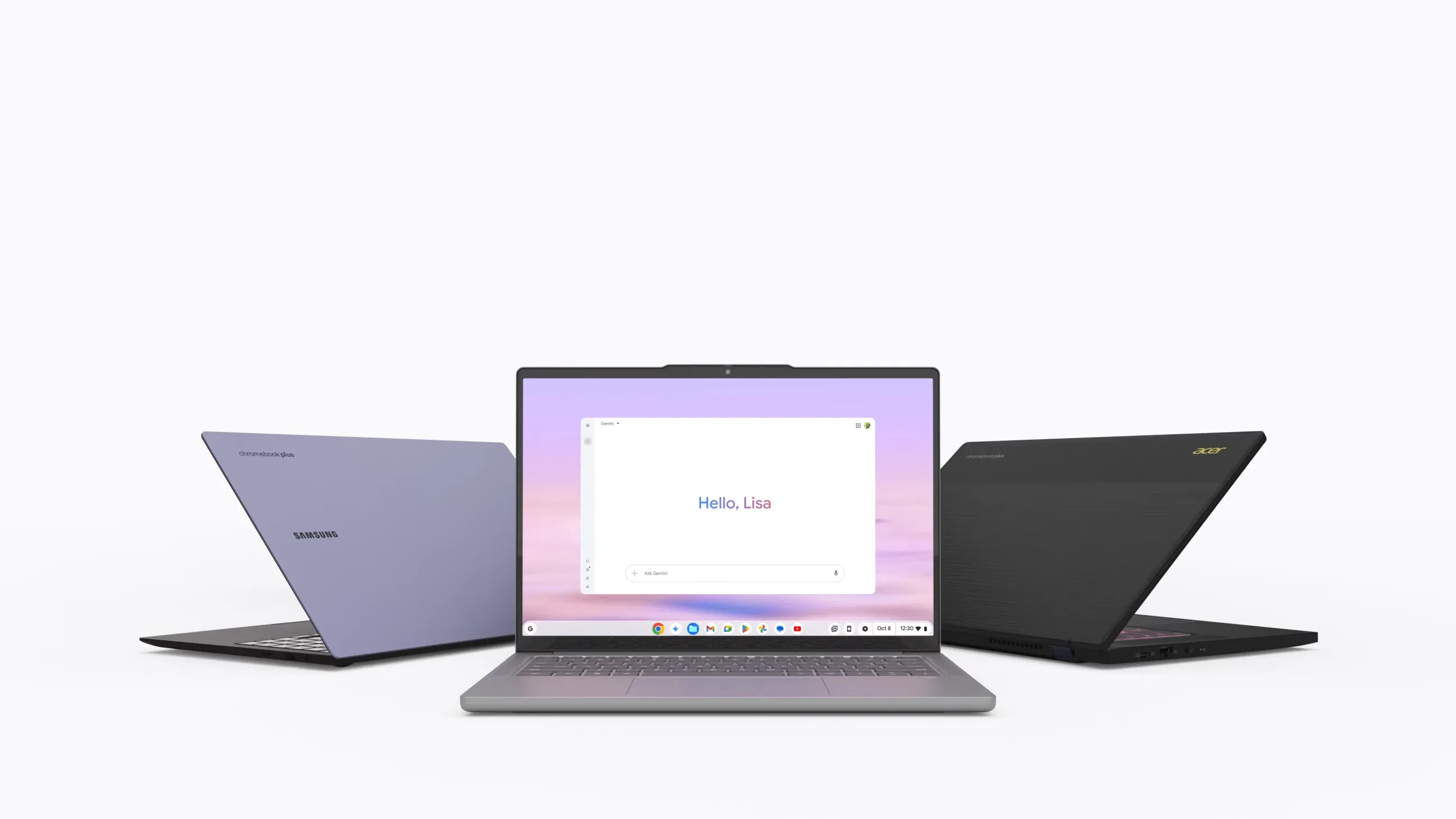

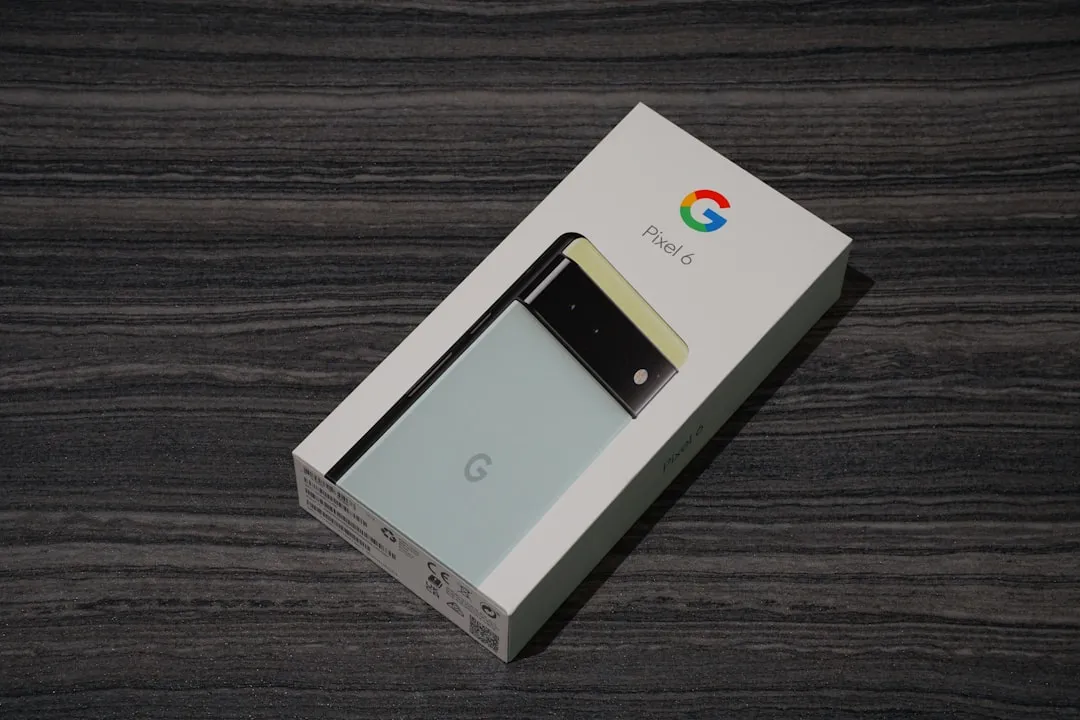
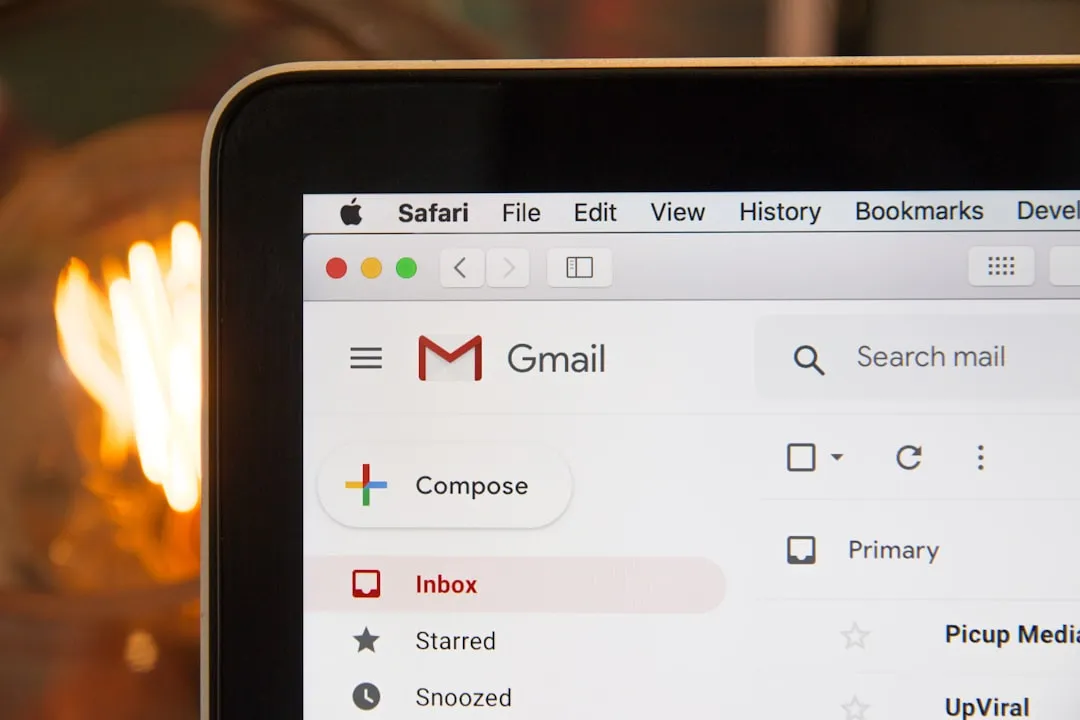
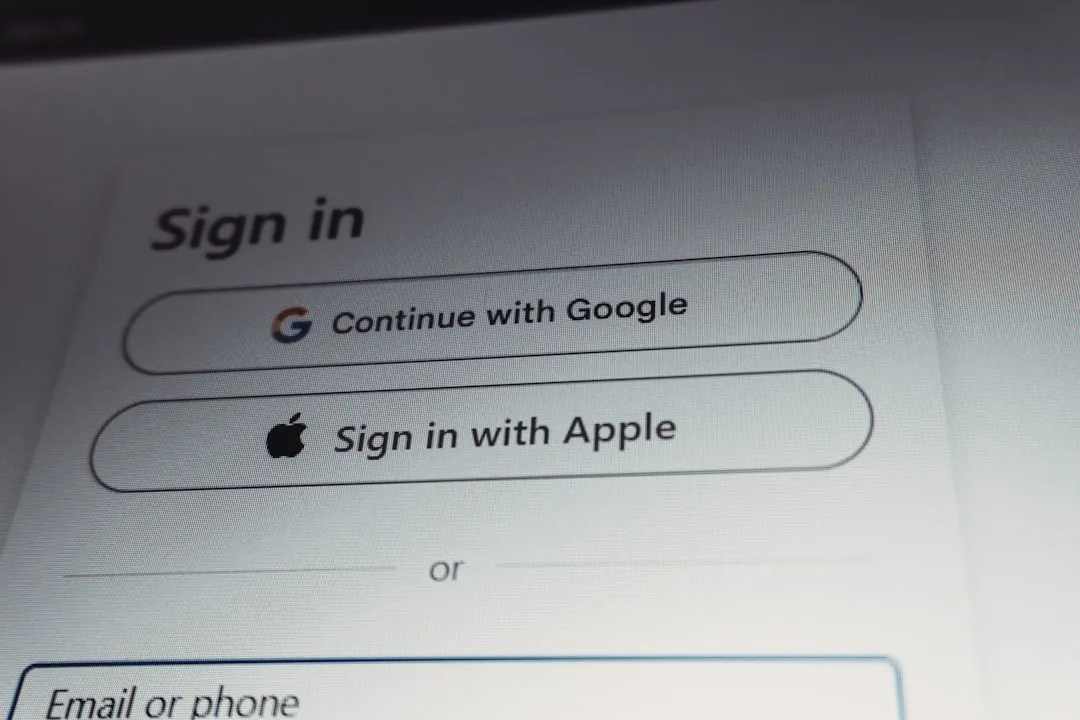
Comments
Be the first, drop a comment!